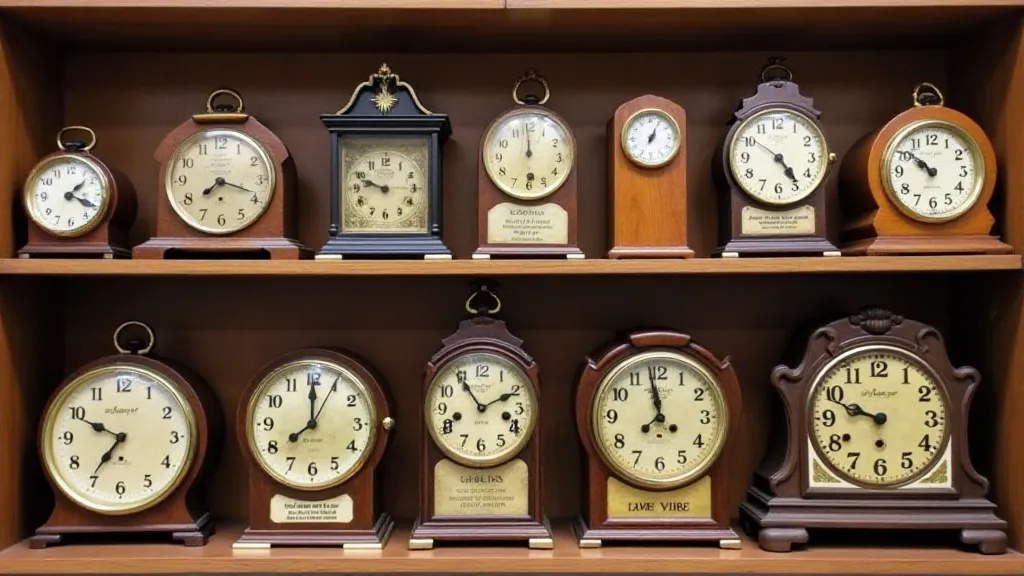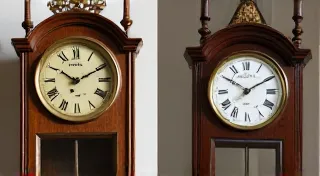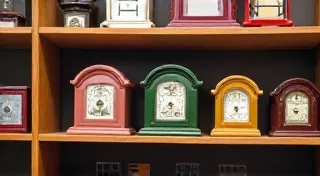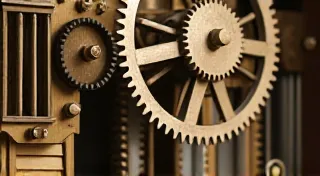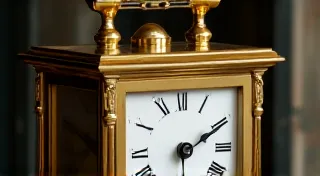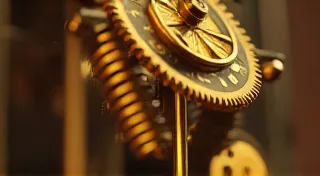Identifying Shelf Clocks: A Beginner’s Guide
The world of antique clocks is vast and fascinating. While grandfather clocks often steal the spotlight, shelf clocks offer a more accessible entry point for collectors. These clocks, designed to sit on mantels, shelves, or tables, offer a wide variety of styles, movements, and historical significance. This guide provides a simple overview of common types of shelf clocks and what to look for when trying to identify one.
What is a Shelf Clock?
Generally, a shelf clock refers to a smaller, free-standing clock intended for display on a shelf or table. They’re typically smaller than grandfather clocks but larger than mantel clocks (though the lines can blur). They are a significant part of antique timekeeping history, representing a period of innovation in clockmaking.
Common Types of Antique Shelf Clocks
Let's explore some of the most frequently encountered types of antique shelf clocks. Identifying a clock requires careful observation of its case style, movement, and any markings.
1. German Black Forest Shelf Clocks
These are arguably the most recognizable type of antique shelf clock. Originating from the Black Forest region of Germany, they are known for their ornate carvings, often depicting birds, animals, or alpine scenes. Look for intricate details and a warm, dark wood finish. The movements are often striking (chime) and can be quite complex.
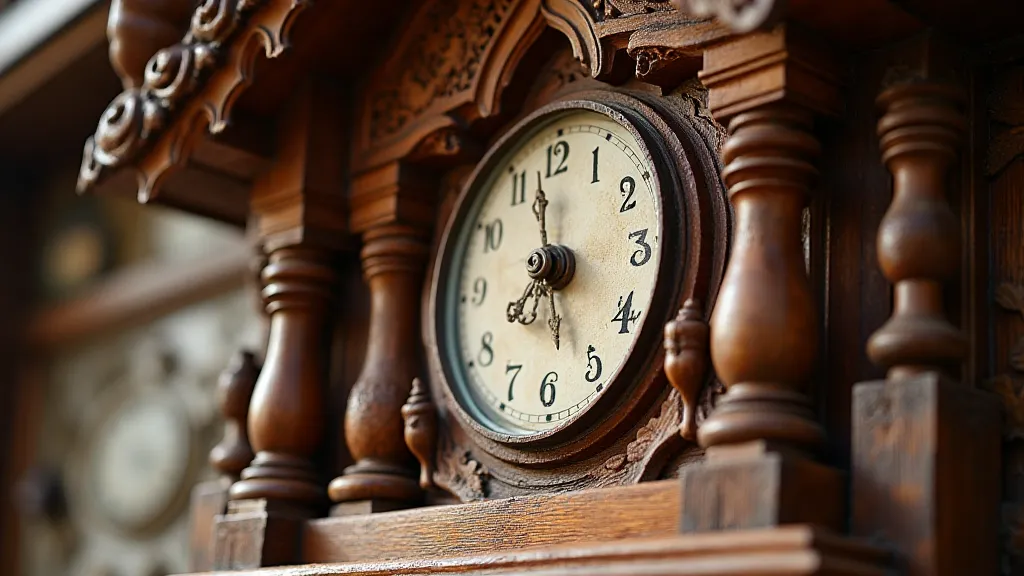
2. American Pillar Shelf Clocks
Popular in the 19th century, American Pillar clocks are characterized by their tall, slender case, often resembling a miniature grandfather clock. These clocks generally feature a simple, elegant design and often have a painted or marbleized finish. They are often found in cherry or walnut wood.
3. Anniversary Shelf Clocks
Named for their introduction at the 1851 London World’s Fair (the “Anniversary Clocks”), these clocks boast intricate movements featuring both time and calendar displays (moons phases, days of the week). They are highly sought-after by collectors due to their complexity and beauty. Identifying them involves carefully examining the movement for these calendar features.
4. Vienna Regulator Shelf Clocks
Developed in Vienna, Austria, these clocks are known for their accuracy. They feature a distinctive rectangular case and are often decorated with elegant inlays and carvings. They are prized for their dependable timekeeping abilities and are often found in homes of serious collectors.
5. Ogee Shelf Clocks
The distinctive “ogee” shape—a curved, S-shaped profile—is a defining characteristic. They were very popular in the late 1800s and early 1900s. They often have attractive, elegant designs.

Key Features for Clock Identification
- Case Style: Note the overall shape – rectangular, ogee, pillar, etc.
- Wood Type: Is it cherry, walnut, oak, or another wood? This can indicate the clock's origin and age.
- Movement: The movement is the heart of the clock. Examine it for markings or manufacturers' names. Is it a striking (chime) movement or a simple time-only movement?
- Dial (Face): Look for manufacturer's names, dates, or decorative elements on the dial.
- Markings: Any stamps, labels, or engravings can provide valuable clues about the clock's origin and age.
- Weight/Pendulum: The style and material of these parts can also provide clues about a clock's origin and age.
Understanding Timekeeping and History
Antique shelf clocks are not just beautiful objects; they offer a window into the history of timekeeping and craftsmanship. Understanding the evolution of clockmaking helps appreciate the intricacies of these treasures. The shift from pendulum clocks to more complex movements represents a significant leap in technological advancement.
Resources for Further Research
This is just a basic introduction. Further research is encouraged! Online forums, antique clock museums, and reference books can provide much more detailed information. Don’t be afraid to ask questions and join a community of clock enthusiasts.
